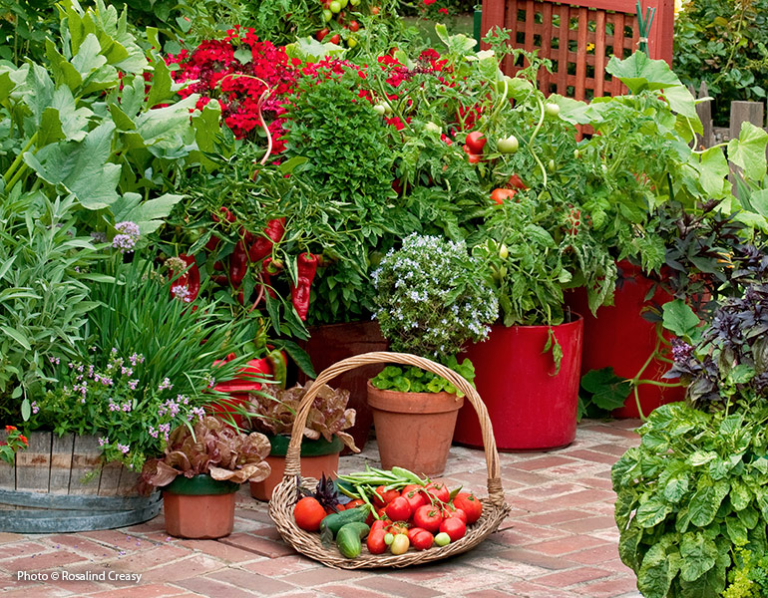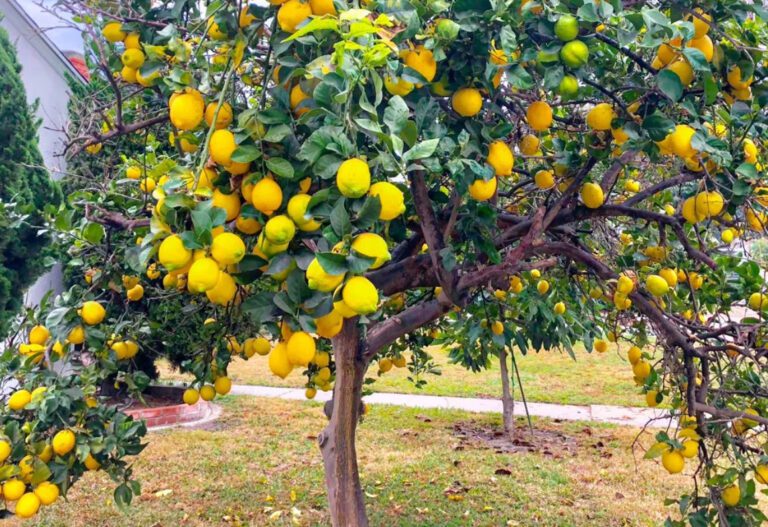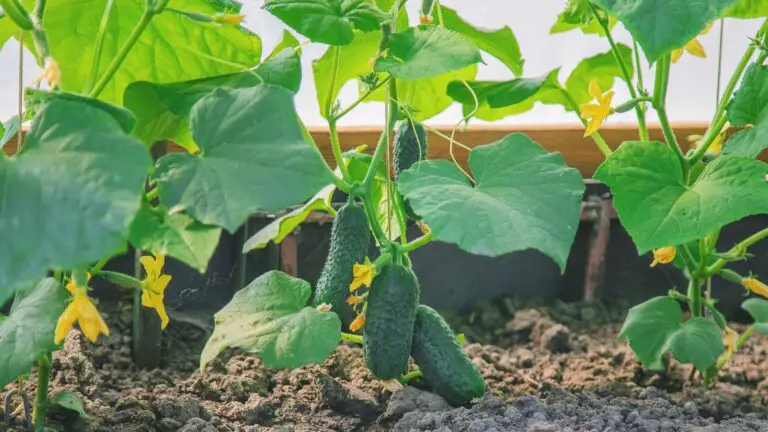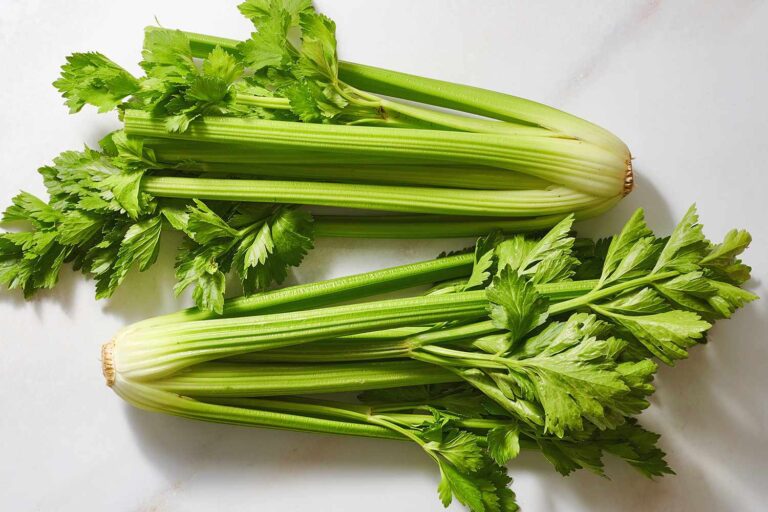Planting, Growing, and Caring for Coral Cactus
Table of Contents
Key Aspects of Coral Cactus
Coral Cactus, also known as Euphorbia lactea ‘Cristata,’ is a unique and stunning plant that combines features of both cacti and succulents. Its intricate ridges and crests give it an exotic and captivating appearance, making it a popular choice for indoor decoration. This eye-catching plant is a great conversation starter and adds a touch of charm to any living space. With its beautiful coral-like formations and easy care requirements, Coral Cactus is a fantastic addition to any plant lover’s collection.
In addition to its visual appeal, Coral Cactus is relatively easy to care for, making it suitable for both experienced gardeners and beginners. This hardy plant thrives in bright, indirect light and requires well-draining soil to prevent root rot. With minimal watering needs and a tolerance for a range of temperatures, Coral Cactus is a low-maintenance plant that can bring joy and beauty to your home or office without requiring much effort.

Ideal Growing Conditions for Coral Cactus
To ensure optimal growth and health for your Coral Cactus, providing the right growing conditions is crucial. These unique plants thrive in bright, indirect light, so placing them near a window with filtered sunlight is ideal. Additionally, maintaining a consistent temperature range between 60-80°F (15-27°C) will promote healthy growth and prevent stress on the plant.
Coral Cacti also prefer a well-draining soil mix to prevent waterlogging, which can lead to root rot. A mix of cactus potting soil with added perlite or coarse sand can help achieve the proper drainage needed for these plants. By mimicking their natural habitat conditions, you can ensure that your Coral Cactus thrives and remains vibrant in your indoor garden.
Choosing the Right Pot for Coral Cactus
When choosing the right pot for your coral cactus, it is essential to consider both form and function. Opt for a container that is slightly larger than the plant’s current root ball to allow for growth but not too spacious, as excess soil can lead to water accumulation and root rot. Additionally, select a pot with drainage holes to prevent waterlogging, which can be detrimental to the sensitive roots of the coral cactus. Porous materials like terra cotta or unglazed ceramics are ideal choices as they facilitate air circulation and help prevent overwatering, promoting a healthy environment for your plant to thrive.
Furthermore, the shape of the pot can also impact the overall aesthetic of your coral cactus display. Consider using a shallow container to complement the plant’s low-growing, branching nature or opt for a taller vessel to create a striking contrast in height. Keep in mind that the pot should enhance the beauty of the coral cactus without overshadowing its unique characteristics. By carefully selecting the right pot, you can provide your coral cactus with a suitable home that promotes growth and showcases its distinctive appeal.

Proper Soil Mix for Coral Cactus
When it comes to the proper soil mix for coral cactus, it is crucial to create a well-draining environment that mimics the arid conditions of its natural habitat. A combination of cactus potting mix and perlite or coarse sand works well to ensure that excess moisture doesn’t linger around the roots, leading to potential rot issues. The sandy texture of the mix also promotes aeration, which is essential for the roots of the coral cactus to thrive.
Additionally, adding some organic matter such as compost or peat moss in moderation can provide some nutrients while still maintaining the well-draining quality of the soil mix. This balanced combination allows for water retention without compromising on the crucial aspect of good drainage required by coral cactus to prevent waterlogged conditions.
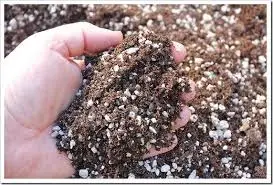
Watering Schedule for Coral Cactus
To ensure the health and vitality of your coral cactus, it is crucial to establish a proper watering schedule. Overwatering can lead to root rot and other issues, while underwatering can cause the plant to wither and dry out. Coral cacti thrive in well-draining soil, so it’s important to water them only when the top two inches of the soil are dry to the touch. During the growing season in spring and summer, you may need to water more frequently, but be sure to adjust your schedule accordingly during the dormant period in fall and winter.
One effective way to determine when your coral cactus needs water is by observing its growth patterns. If the plant starts to look shriveled or wrinkled, it may be a sign that it needs a drink. Remember that it’s always better to underwater slightly than to overwater, as these desert-dwelling plants are adapted to survive in arid conditions. By monitoring your coral cactus closely and adjusting your watering routine based on its needs, you can help it flourish and thrive in your care.
Light Requirements for Coral Cactus
To thrive and flourish, Coral Cactus requires bright, indirect light for at least 6-8 hours a day. They prefer filtered sunlight or partial shade, making them ideal for indoor settings near a window with sheer curtains to diffuse intense sunlight. Direct sunlight can scorch the delicate foliage of the Coral Cactus, so it’s essential to protect them from harsh rays.
Insufficient light can result in stunted growth and faded coloring in Coral Cacti. If placed in low-light conditions for prolonged periods, these plants may become leggy and lose their characteristic vibrancy. Adjusting the placement of your Coral Cactus to ensure it receives adequate, indirect light will help maintain its health and beauty.

Temperature Needs for Coral Cactus
Coral cactus, also known as Euphorbia lactea Cristata, requires specific temperature conditions to thrive. This unique succulent plant prefers warm temperatures between 65-85°F (18-29°C) during the day and slightly cooler temperatures around 55-65°F (13-18°C) at night. Sudden drops in temperature can stress the plant, so it’s essential to provide a stable and moderate climate.
Extreme heat can also be detrimental to coral cactus, so avoid exposing it to temperatures above 100°F (38°C) for prolonged periods. Additionally, sudden temperature fluctuations should be minimized, as they can shock the plant and lead to potential damage. By monitoring and regulating the temperature around your coral cactus, you can ensure its health and longevity.
Humidity Levels for Coral Cactus
To thrive, coral cactus requires moderate humidity levels that mimic its natural desert habitat. While these plants are resilient to dry conditions, they can benefit from a bit of extra moisture in the air. Aim for a humidity range of 40-60% to keep your coral cactus happy and healthy. You can achieve this by misting the plant occasionally or placing a small humidifier nearby, especially during dry winter months.
Excessive humidity can lead to issues such as fungal diseases or rot in coral cactus, so it’s essential to strike a balance. Avoid placing your plant in a very humid environment, like a bathroom, or near sources of constant moisture. By monitoring and adjusting the humidity levels around your coral cactus, you can ensure its continued growth and vibrancy.
Fertilizing Coral Cactus
Fertilizing your Coral Cactus is a crucial aspect of its care regimen, as it ensures the plant receives the necessary nutrients for healthy growth and vibrant coloring. When selecting a fertilizer for your Coral Cactus, opt for a balanced, water-soluble formula specifically designed for cacti and succulents. These fertilizers typically contain essential nutrients like nitrogen, phosphorus, and potassium, which promote strong roots, sturdy stems, and overall plant vigor.
During the growing season, which typically spans from spring to early fall, apply the fertilizer at half-strength every two to four weeks. Remember to water your Coral Cactus thoroughly before fertilizing to prevent any potential root burn. As the winter months approach and the plant enters a period of dormancy, reduce or completely halt fertilization to allow for a natural resting period. Monitoring the plant’s response to the fertilizer will also help you adjust the feeding schedule accordingly, ensuring optimal growth and health for your Coral Cactus.
Pruning and Trimming Coral Cactus
When it comes to pruning and trimming your Coral Cactus, it’s essential to do so with care and precision. Remove any dead, damaged, or yellowing stems by using sharp, clean scissors or pruning shears. Make sure to make clean cuts at a 45-degree angle to promote proper healing and minimize the risk of infections. Avoid cutting into the woody stem of the plant and focus on removing only the necessary parts to maintain its overall shape and health. Regularly inspect your Coral Cactus for any signs of overgrowth or overcrowding, and trim back unruly stems to encourage a more compact and tidy appearance.
Over time, your Coral Cactus may develop leggy or elongated stems, especially if it is not receiving enough sunlight. To address this issue, consider pruning back the longer stems to promote new growth from the base of the plant. By trimming back the excessive growth, you can encourage a more balanced and aesthetically pleasing appearance. Additionally, removing any yellowing or discolored stems can improve the overall vitality and vigor of your Coral Cactus, ensuring that it remains a beautiful addition to your indoor or outdoor space.
Common Pests and Diseases of Coral Cactus
Coral cactus, with its unique appearance and resilience, is a delightful addition to any plant collection. However, like any plant, it is vulnerable to certain pests and diseases that can hinder its growth and well-being. One common issue that coral cactus may face is the infestation of mealybugs. These small, cotton-like insects can cluster on the plant’s stems and cause damage by feeding on its sap. To tackle mealybug infestations, it is crucial to regularly inspect your coral cactus and treat any affected areas promptly with the appropriate insecticides or natural remedies.
Another potential threat to the health of coral cactus is root rot, which can occur due to overwatering or poorly-draining soil. Root rot is often caused by fungi such as Phytophthora and can lead to the decay of the plant’s roots, resulting in yellowing or wilting of the stems. To prevent root rot, ensure that your coral cactus is planted in well-draining soil and that you adhere to a proper watering schedule, allowing the top layer of soil to dry out between waterings. Regularly checking the roots for any signs of rot and adjusting your watering practices accordingly can help safeguard your coral cactus against this common disease.
Here’s a table summarizing some common pests and diseases that can affect your coral cactus:
| Pest or Disease | Description | Treatment |
| Mealybugs | Tiny, cotton-like insects that can infest your coral cactus. Isolate the plant and remove visible pests using an alcohol-soaked cotton swab. | Use neem oil or insecticides for more serious infestations. |
| Scale Insects | Keep an eye out for scale insects. Isolate the plant if you spot them. Remove visible pests with an alcohol-soaked cotton swab. | Neem oil or insecticides can help treat scale infestations. |
| Spider Mites | These tiny arachnids can cause damage. Regularly inspect your plant for signs of spider mites. | Spray the plant with water to dislodge mites. Use insecticidal soap or neem oil for severe infestations. |
| Aphids | Small insects that feed on plant sap. Check the undersides of leaves for aphids. | Remove aphids manually or use insecticidal soap. |
How to Propagate Coral Cactus
Coral cactus propagation is a rewarding way to expand your plant collection. The most common method for propagating coral cactus is through stem cuttings. Using a sharp, sterilized knife, cut a healthy stem at least 3-5 inches long from the parent plant. Let the cutting sit in a dry, shaded area for a few days to allow the cut end to callus over before planting it in well-draining soil. Keep the soil lightly moist and place the cutting in a warm, bright spot away from direct sunlight. With proper care, your coral cactus cutting should start to root and grow within a few weeks, giving you a new plant to enjoy.
Another method you can try for propagating coral cactus is by gently separating offsets or pups from the base of the main plant. Carefully twist or cut the offsets from the parent plant, ensuring each has some roots attached. Plant the offsets in a suitable potting mix and follow the same care regimen as you would for a stem cutting. By nurturing these young plants, you can witness the growth and development of multiple coral cacti in your indoor garden or outdoor landscape.

Repotting Coral Cactus
When it comes to repotting your Coral Cactus, timing is crucial to ensure the health and growth of this unique plant. As your Coral Cactus grows, you may notice that its roots start to outgrow its current pot. This is an indication that it’s time to repot your plant into a larger container. The best time to repot your Coral Cactus is in the spring or early summer when it’s actively growing, allowing it to adjust to its new environment more easily.
When repotting your Coral Cactus, it’s important to choose a pot that is slightly larger than its current one to provide room for growth. Select a well-draining pot with a drainage hole at the bottom to prevent waterlogging, which can lead to root rot. Use a cactus or succulent-specific potting mix to ensure proper drainage and aeration for your Coral Cactus. Gently remove the plant from its current pot, loosen any compacted roots, and place it in the center of the new pot, filling in the gaps with fresh soil. Water your newly repotted Coral Cactus lightly and place it in a bright location to thrive in its new home.
Seasonal Care Tips for Coral Cactus
During different seasons, the care needs of your Coral Cactus may vary. In the summer months, it is crucial to provide ample sunlight while ensuring the plant is not exposed to direct harsh rays for extended periods. Regular watering is essential to prevent the soil from completely drying out. As temperatures rise, it is important to monitor humidity levels and protect the plant from any sudden temperature fluctuations.
In the winter, adjust your care routine to accommodate the Coral Cactus’s dormant period. Reduce watering frequency to prevent overwatering, as the plant’s growth slows down during this time. Keep the plant in a location with sufficient indirect sunlight and maintain a stable temperature to help the Coral Cactus thrive during the colder months.
Decorating with Coral Cactus
Creating a stunning visual impact with your Coral Cactus is a surefire way to elevate your home decor. These unique succulents with their striking coral-like branches can be the perfect addition to any space, bringing in a touch of contemporary elegance. Placing your Coral Cactus in stylish planters or terrariums can enhance its aesthetic appeal while adding a modern and chic vibe to your living areas. Whether you choose a minimalist design or opt for a more elaborate display, the Coral Cactus is versatile enough to complement any decorative style effortlessly.
For a bold statement, consider grouping multiple Coral Cacti together in varying heights and sizes to create a visually captivating arrangement. Mixing and matching different types of containers, such as geometric pots or hanging planters, can also add dimension and interest to your display. Additionally, incorporating other elements like decorative rocks, pebbles, or sand can further enhance the overall look and feel of your Coral Cactus arrangement, turning it into a focal point in any room.
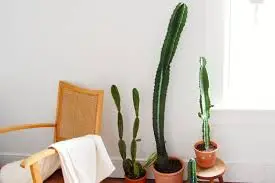
Creative Display Ideas for Coral Cactus
To create a visually stunning display with your Coral Cactus, consider placing them in a cluster of varying heights and sizes. This arrangement can provide a dynamic look that adds depth and interest to any space, whether it’s a living room, office desk, or outdoor patio. Mixing different pot styles and colors can also enhance the overall visual appeal of your display, creating a harmonious yet eclectic arrangement that draws the eye.
Another creative way to showcase your Coral Cactus is by incorporating them into a terrarium or glass container. Terrariums not only offer a unique way to display your plants but also create a self-sustaining ecosystem that requires minimal maintenance. Adding decorative elements like colored sand, pebbles, or miniature figurines can further enhance the aesthetic appeal of your Coral Cactus display, making it a focal point in any room.
To Know More About Planting, Growing And Caring For Coral Cactus, Watch This Video.
Can I display my coral cactus outdoors?
Coral cactus can be displayed outdoors, but it should be placed in a location with filtered sunlight to protect it from direct sun exposure.
Can I plant my coral cactus in a hanging basket?
Yes, coral cactus can be planted in a hanging basket, as long as the basket has good drainage to prevent waterlogging.
How often should I rotate my coral cactus for even growth?
It’s recommended to rotate your coral cactus once every few weeks to ensure even growth on all sides.
Can I mix different varieties of coral cactus in one display?
Yes, mixing different varieties of coral cactus can create a visually interesting display. Just make sure they have similar care requirements.
Are there any specific types of pots that work best for displaying coral cactus?
Terra cotta pots or pots with drainage holes are ideal for coral cactus, as they help prevent overwatering and root rot.


